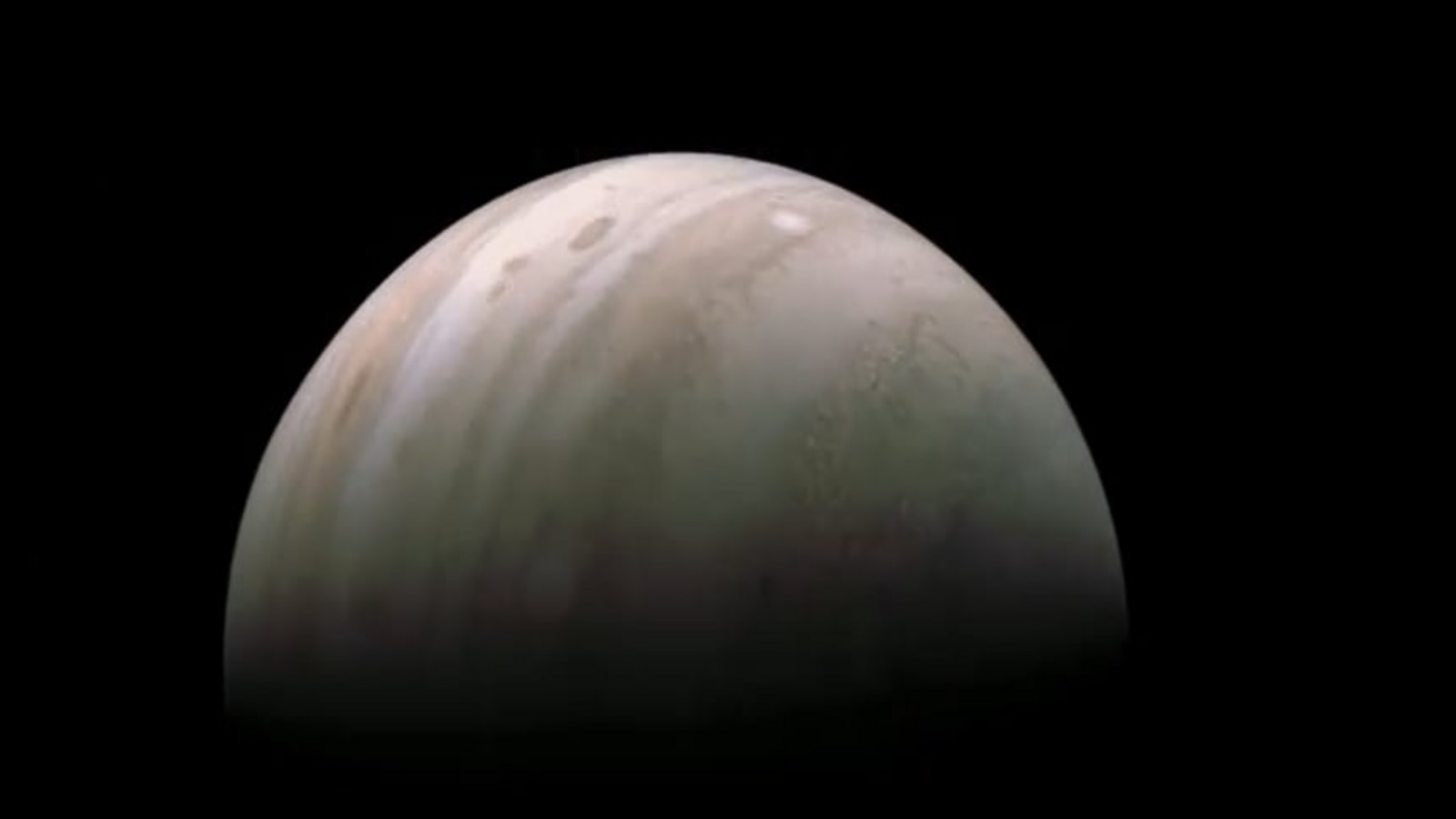Jupiter swallowed baby planets! NASA finds remains hidden in belly
The latest research with the help of NASA’s Juno space probe found surprising details about what Jupiter was doing in early years.
Jupiter is the largest and oldest planet in our solar system, still, there is a scarcity of information about what’s going inside the planet’s cloudy outer atmosphere. Everything is hidden from view due to the clouds. Telescopes capture the swirling vortex clouds in the planet’s upper atmosphere, but they also act as a barrier to the view of what’s below. However, in a recent development, researchers were finally able to peer through the obscuring clouds of Jupiter using gravitational data collected by NASA’s Juno space probe.
This data from NASA probe helped the scientists to find and then map out the rocky material at the core of Jupiter. It revealed a huge amount of heavy elements. In fact, scientists have found that the innards of Jupiter are full of the remains of baby planets. It is expected that Jupiter swallowed these baby planets as it expanded to become the giant planet that we see today, LiveScience reported. The research studied the chemical make-up of Jupiter which suggested that it consumed baby planets to fuel its growth to the current massive size. In fact, Jupiter is huge, but if it had become bigger, it could even have become a sun itself. However, now it can be classified as a failed star. Jupiter is mostly made of elements (hydrogen and helium) that are in the Sun too. Also read: Jupiter’s composition reveal shocking facts! Here’s what study says
How Jupiter formed
Today, we observe Jupiter as the largest planet in our solar system, swirling as a gas ball, but like any other planet, it started its life by gobbling up rocky material. There are two theories regarding the formation of Jupiter. One says that Jupiter swallowed billions of smaller space rocks known as pebbles to reach this size. The other theory, which is confirmed by the latest study’s findings, is that Jupiter accumulated many planetesimals – baby planets. If these baby planets were not devoured by Jupiter, they could have had a good chance of turning into planets like Earth.
However, it has been impossible to determine clearly which of these theories is accurate until today. “Because we cannot directly observe how Jupiter was formed we have to put the pieces together with the information we have today,” lead researcher Yamila Miguel, an astrophysicist at Leiden University in The Netherlands, told Live Science.
For all the latest Technology News Click Here

